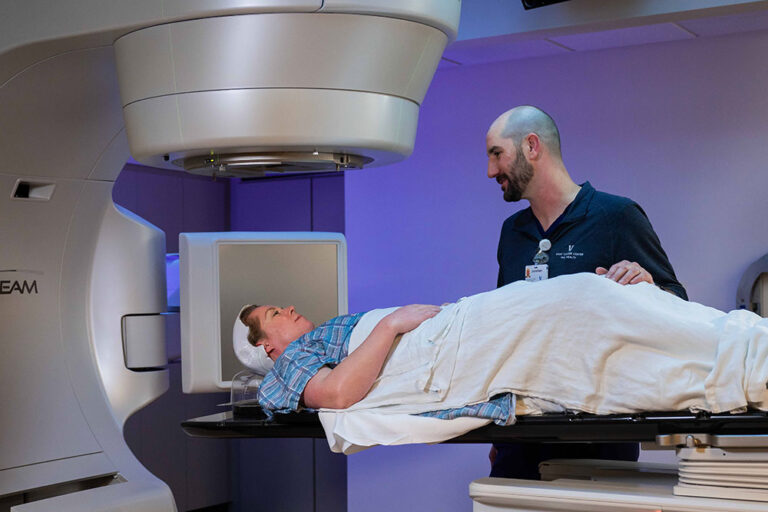Vail Health Commits $60 Million to Behavioral Health Alongside County Partners
Today, Vail Health announced its commitment to $60 million in funding over the next ten years to transform behavioral health services in the Eagle River Valley. In partnership with Eagle County and other community groups, a new nonprofit collaborative will be created to build needed facilities, improve access to providers and lower barriers to accessing behavioral health care across the valley.
“You can’t separate behavioral health from physical health,” said Governor Jared Polis, acknowledging Eagle County as a leader in confronting the issue. “I’m proud to announce today that a collaborative group, including public and private partners, is taking a huge step forward to transform the behavioral health landscape. One of the emerging leaders is Vail Health, which just announced a $60 million commitment to address behavioral health.”
“It is extraordinary to see our community come together to respond to this crisis in a collaborative and bold way,” said Mike Shannon, Chairman of Vail Health’s Board of Directors. “Our Board unanimously approved the support of this initiative because of the compelling evidence of a lack of sufficient local resources for our community.”
Currently, mountain towns across the west are being labeled as part of the “suicide belt” in the United States. Vail Health emergency room visits for anxiety and depression rose 360% (from 63 to 290) between 2013 and 2018. Eagle County lost 17 people to suicide in 2018, up 183% from 2016. While the $1.3 million contributed by Eagle County to support behavioral health initiatives, including funds raised from marijuana sales and excise tax, is a start, more needs to be done.
“Providing access to behavioral health services for the entire community is one of the county’s most important priorities,” said Jeanne McQueeney, Chair of the Eagle County Board of County Commissioners. “This collaboration with Vail Health, along with partners across the county, will provide the critical change we need to ensure our long-term vision for a robust, sustainable behavioral health system is realized.”
Over the last year, community groups including Eagle County Paramedic Services, Eagle County Schools, Eagle River Youth Coalition, Hope Center, Mind Springs, Mountain Family Health, SpeakUp ReachOut, University of Colorado’s Depression Center and local police departments joined Vail Health and Eagle County to identify the community’s needs and gaps in care. The new nonprofit, Eagle Valley Behavioral Health, will develop 24/7 access to care and crisis management for adults and adolescents, in addition to providing opportunities for telehealth and psychiatric services in multiple languages. The nonprofit plans to increase prevention outreach and ensure people can access help when they need it.
“We are dedicated to continue working with the school district, emergency medical services, law enforcement and the community at large to make sure people of all ages and backgrounds have access to the services they need for their health and well-being,” said Will Cook, President and CEO of Vail Health. “Ensuring access to behavioral health and crisis care services is the most important thing we can do to serve this community right now.”
Eagle Valley Behavioral Health will also work with community leaders to communicate and educate on behavioral health challenges. On average, 46% of Americans report not knowing where to go for behavioral health services, and over one million Coloradans struggle with a mental health condition.
“Behavioral health care is vital to our community. When I needed it most, I went without proper care for a year because the services in Vail were unequipped to help me,” said Amanda Precourt, a longtime community member. “My story isn’t unique. So many people are hurting like I was and need help, but don’t know where to turn. Bringing organizations and initiatives from across the county together to support each other and each of us is an important and necessary first step to saving lives.”


